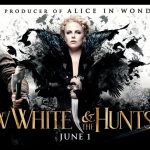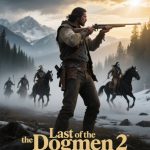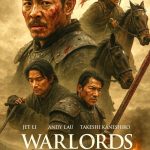Behind movie The Legend Of Tarzan
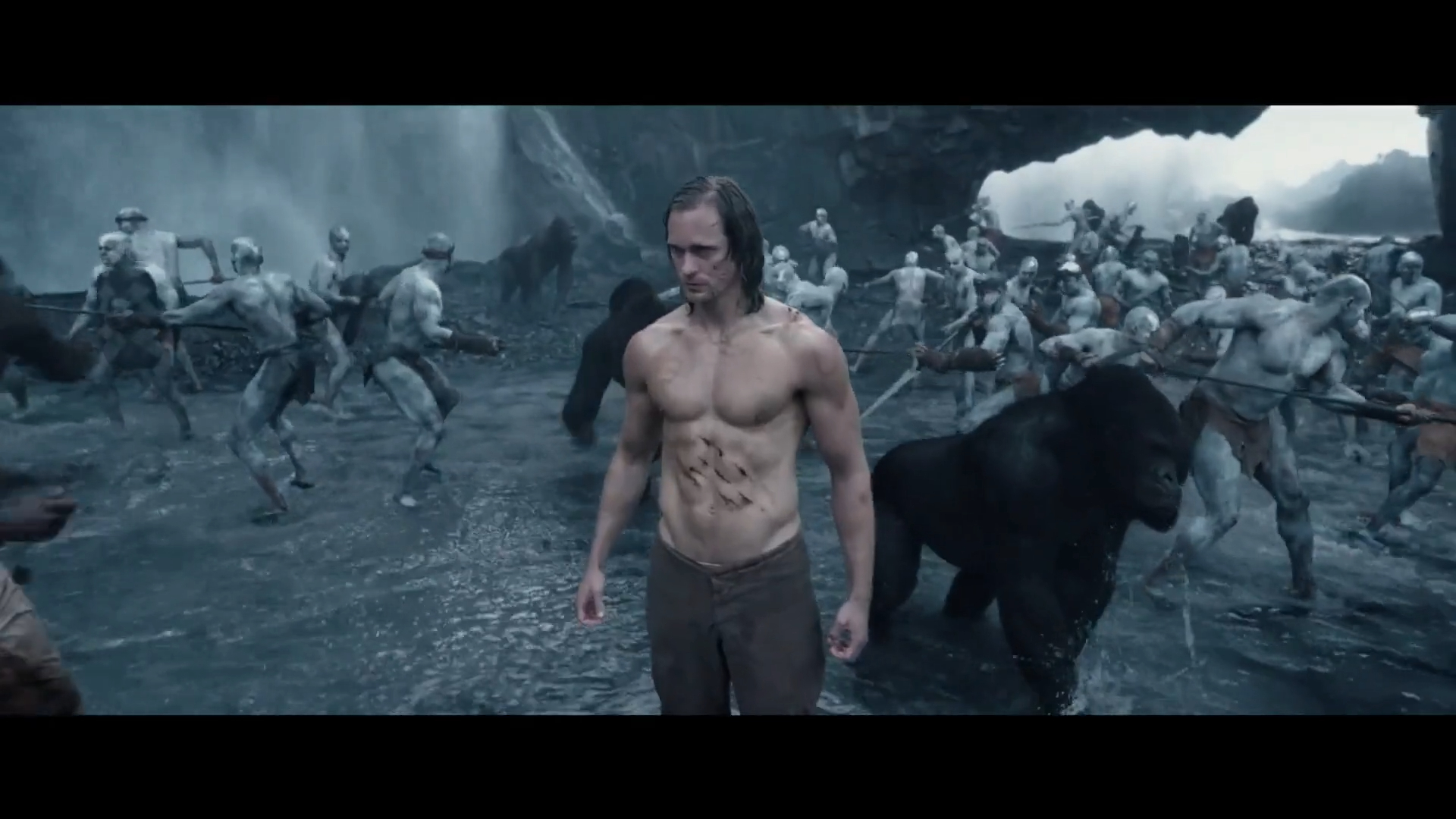
Related Movies:
Related Movies:
Related Movies:
Behind the Movie: The Legend of Tarzan (2016)
The Legend of Tarzan (2016), directed by David Yates, reimagines the iconic story of Tarzan, combining thrilling action, adventure, and deep emotional stakes. The film takes place years after Tarzan (played by Alexander Skarsgård) has left the jungle and adapted to life as a British aristocrat, John Clayton III. However, when he is called back to the Congo to investigate a mining operation run by the villainous Leon Rom (Christoph Waltz), he is forced to reconnect with his wild roots and face the traumas of his past.
Here’s what made The Legend of Tarzan stand out:
Production and Visuals:
The film used cutting-edge visual effects to bring the jungle and Tarzan’s iconic acrobatic feats to life. The jungle scenes were filmed in locations around the UK and at Pinewood Studios in London, utilizing state-of-the-art green screen technology. The filmmakers worked hard to create an immersive environment, balancing realism and the fantastical elements of the Tarzan myth.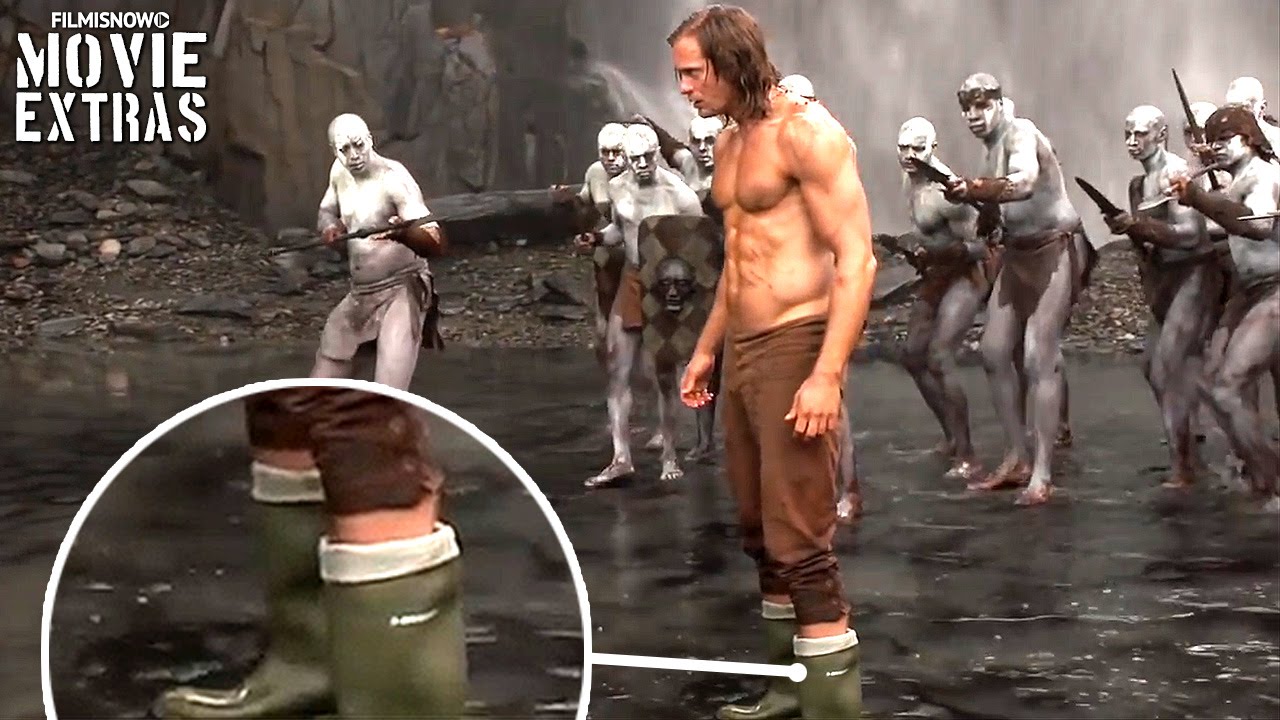
Character Development:
This adaptation focuses not just on the action but on the emotional complexity of Tarzan. Unlike the traditional portrayal of Tarzan as an untamed brute, this film explores his internal struggle between his civilized life and his primal instincts. Skarsgård’s portrayal of Tarzan shows vulnerability, grappling with the loss of his parents, the trauma of his past, and the man he wants to be. Margot Robbie plays Jane, Tarzan’s wife, who is no longer the helpless damsel but a strong-willed and capable partner.
Historical and Political Themes:
The Legend of Tarzan incorporates historical elements, such as the exploitation of the Congo during the colonial era and King Leopold II of Belgium’s brutal reign in the Congo Free State. The movie uses this backdrop to highlight themes of exploitation, greed, and imperialism. The villain, Leon Rom, embodies the oppressive forces exploiting the natural resources and people of Africa.
The Cast and Crew:
Alexander Skarsgård brought both physicality and depth to Tarzan, undergoing intense physical training to portray the character’s strength and agility. Margot Robbie’s portrayal of Jane brought a modern twist to her character, making her more than just a love interest. Christoph Waltz’s portrayal of Rom was chilling, as he delivered a multi-layered villain who’s both cunning and ruthless.
David Yates, known for directing the Harry Potter films, brought his expertise in world-building and character-driven storytelling to the project, mixing thrilling action with deeper character arcs.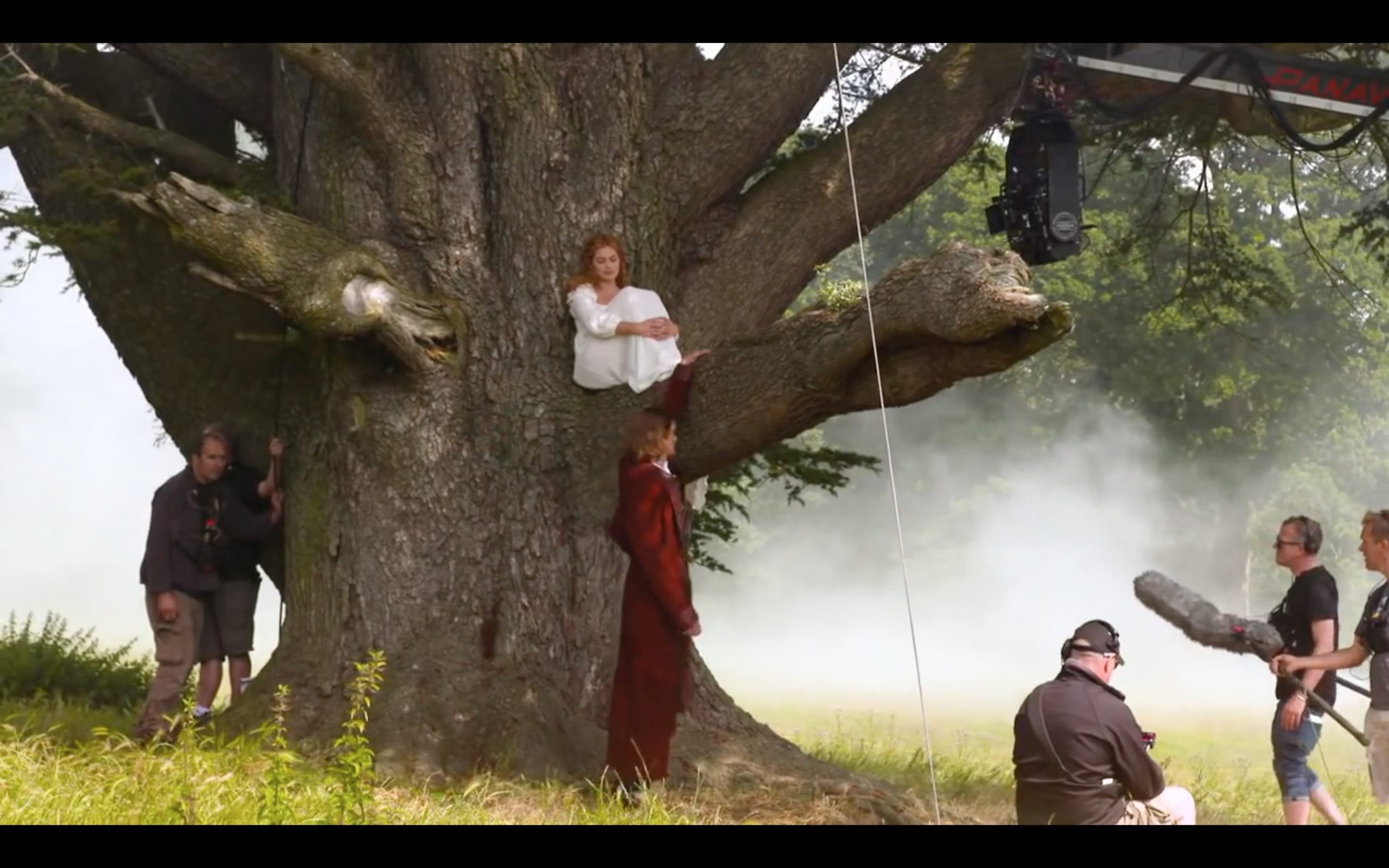
Stunts and Action Sequences:
The film’s action scenes, especially the breathtaking vine-swinging sequences, were meticulously choreographed. To capture the feel of Tarzan’s acrobatic maneuvers through the jungle, the filmmakers utilized both practical stunts and CGI. The high-flying chase sequences and intense confrontations with the antagonists were designed to keep audiences on the edge of their seats.
Soundtrack:
The score by Rupert Gregson-Williams complements the film’s tone, combining sweeping orchestral pieces with more rhythmic and intense compositions to match the action sequences. The soundtrack helps create an immersive atmosphere and enhances the emotional impact of key moments in the film.
Reception:
The film received mixed-to-positive reviews. Critics praised the performances, especially Skarsgård and Robbie’s chemistry, and the film’s visuals. However, some felt that the story didn’t offer much new in terms of plot, and it struggled to fully capture the magic of the original Tarzan stories. Despite this, The Legend of Tarzan found its audience, particularly for those looking for a visually stunning and adventurous reimagining of a beloved classic.

